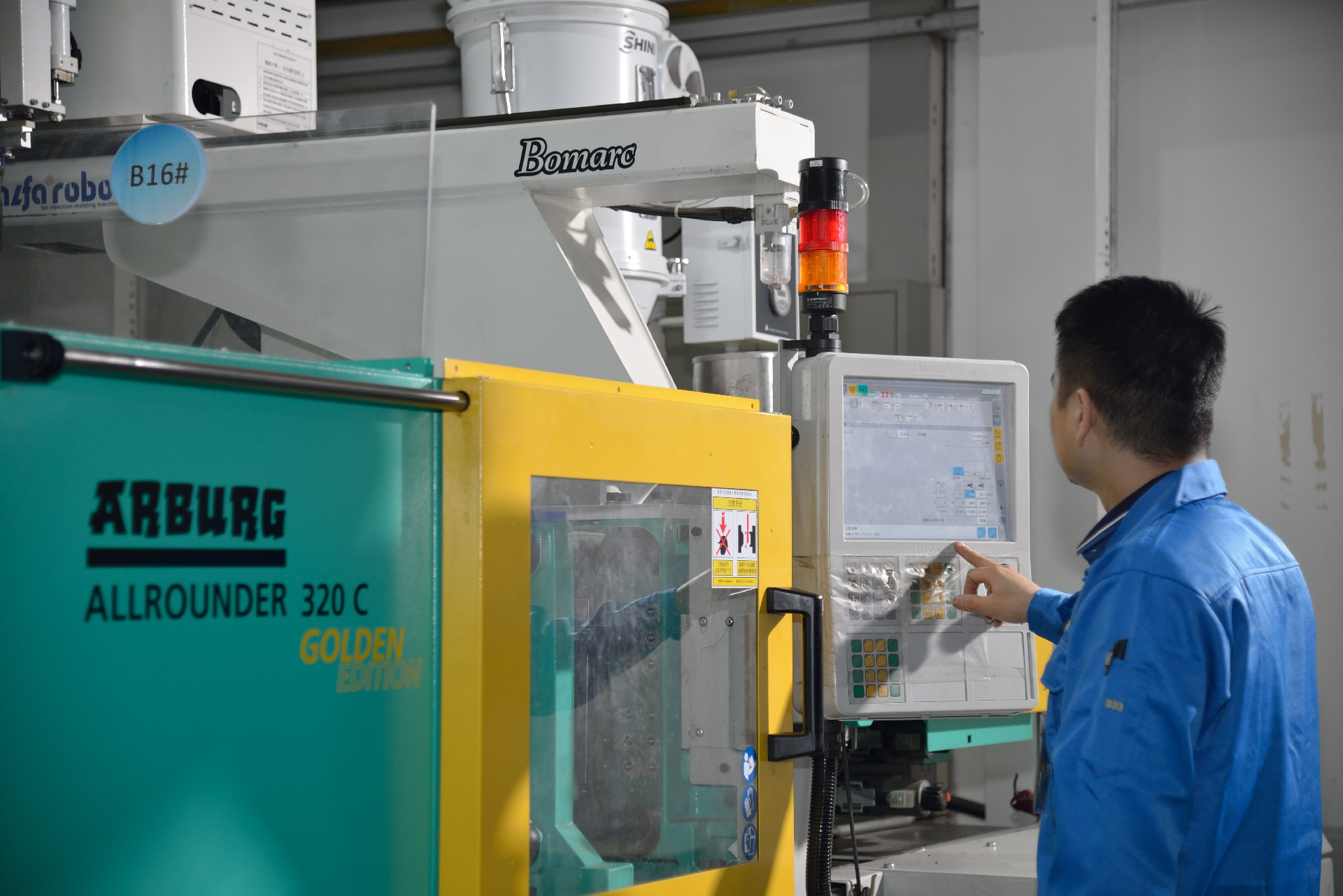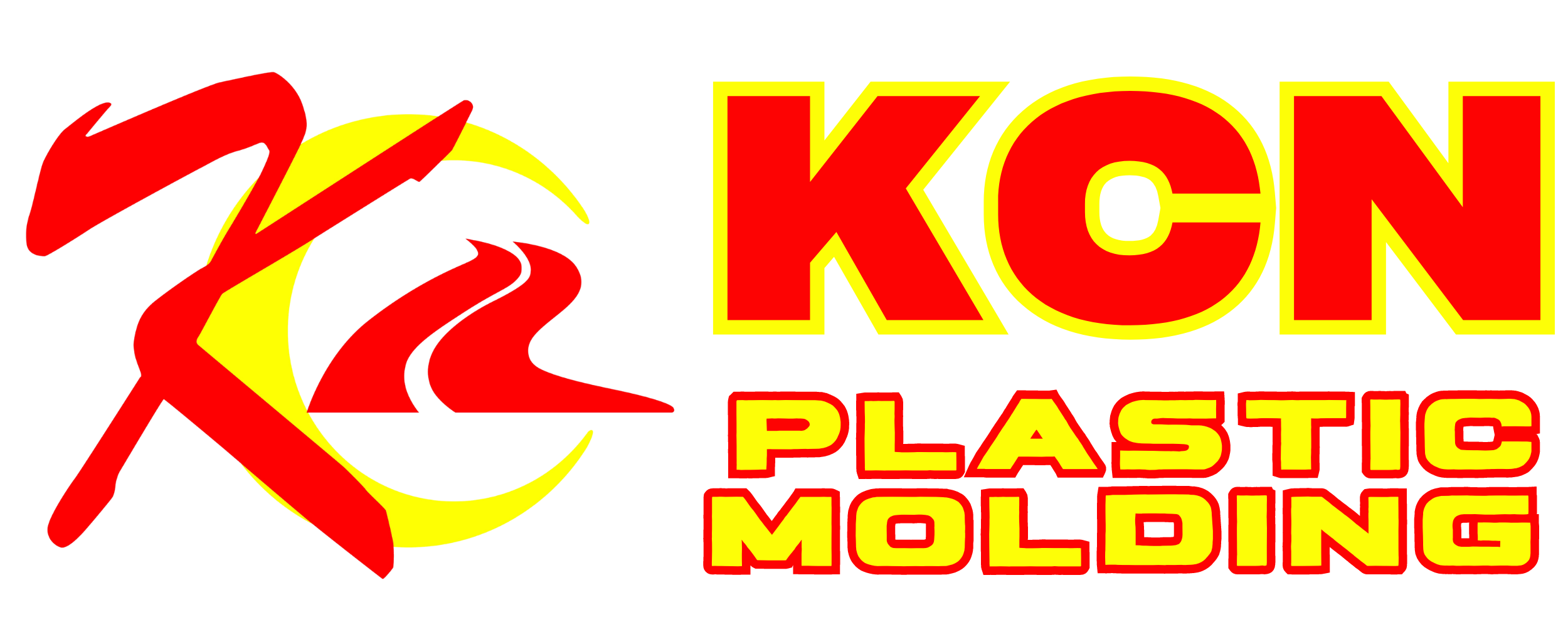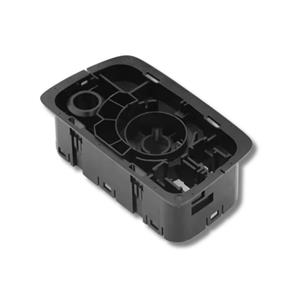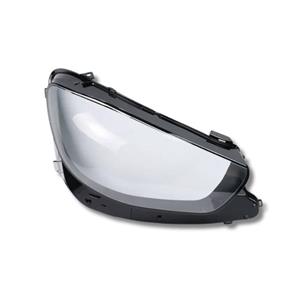Do you know the application of new injection molding technology?
The application of new injection molding technology in injection molding processing, Dongguan Kehua Precision Injection Molding Processing Manufacturer said that with the increasingly widespread application of plastic injection molding processing products and the rapid development of plastic molding technology, people's requirements for plastic products are getting higher and higher. In recent years, scientific and technological workers on the plastic molding front have conducted in-depth discussions on how to expand the application scope of injection molding, shorten the injection molding cycle, reduce molding defects, improve the quality of plastic parts injection molding, and reduce production costs. , research and practice, and achieved gratifying results. New technologies for molds and new processes for injection molding are emerging one after another. Here, we only introduce thermosetting plastic injection molding, gas-assisted injection molding, precision injection molding, low-foaming injection molding, co-injection molding, exhaust injection molding and reaction injection molding, which are currently more and more widely used.
1. Overview of thermosetting plastic injection molding process
Injection molding processing The application of new injection molding technologies. Although the injection molding principles and processes of thermosetting and thermoplastic plastics have many similarities, there are also great differences between them due to their different chemical properties. The principle of thermosetting plastic injection is to feed the molding material from the hopper of the injection machine into the barrel, heat it, and melt and plasticize it under the rotation of the screw, turning it into a uniform viscous fluid melt. These melts are pushed by the high pressure of the screw. The material is injected into the high-temperature cavity through the nozzle at the front end of the barrel at a very high flow rate. After a period of pressure-holding, shrinkage and cross-linking reaction, it is solidified and molded into the shape of the plastic part, and then the mold is opened and the plastic part is taken out. Obviously, from a purely theoretical perspective, the main difference between the injection molding of thermosetting and thermoplastic plastics is the solidification molding stage after the melt is injected into the mold. The curing of thermoplastic injection molded parts is basically a physical process of transition from high-temperature liquid phase to low-temperature solid phase, while the curing of thermosetting injection molded parts must rely on cross-linking chemical reactions under high temperature and high pressure. It is precisely because of this difference that the injection molding process conditions of the two are different.
(1) Temperature
(1) Material temperature: Like the thermoplastic injection molding process, the material temperature includes plasticizing temperature and injection temperature, which depend on the temperatures of the barrel and nozzle respectively. However, due to the different nature of the thermosetting and thermoplastic injection molding processes, the two have different temperature requirements for the barrel and nozzle. For thermosetting plastics, in order to prevent early hardening of the melt in the barrel and take into account that the impact of barrel temperature on plasticization is less than the impact of shear friction in the material, Dongguan Machike Injection Molding Processing Factory prefers the barrel temperature to be smaller. value. However, when the barrel temperature is too low, the material melts slowly, and a large amount of frictional heat will be generated between the screw and the raw material. This heat will cause early hardening of the melt more easily than when the barrel is at a higher temperature. Therefore, the barrel temperature should be strictly controlled during production. Usually, the temperature of the barrel is set in two or three stages. When setting in two sections, for different materials, the temperature of the rear section can be selected between 20 and 70°C, while the temperature of the front section can be selected between 70 and 95°C. The friction heat between the nozzles, this part of the heat is generally a very high temperature rise. In principle, it is usually required that the temperature of the melt after passing through the nozzle has good fluidity and is close to the hardening temperature. The critical value can not only ensure the injection molding, but also facilitate the hardening and shaping. For this reason, the nozzle temperature is generally set to be higher than the material temperature. For different materials, the nozzle temperature can be within 75~100℃. Selection and control, at this temperature, after the melt passes through the nozzle, the temperature can reach 100~130℃, so it is possible to meet the above two requirements.
(2) Mold temperature: Mold temperature is a key factor affecting the hardening and shaping of thermosetting plastic parts, and is directly related to the quality of molding and the level of production efficiency. If the mold temperature is too low, the hardening time will be long. When the mold temperature is too high, the hardening speed will be too fast and it will be difficult to discharge low-molecular volatile gases, resulting in defects such as loose tissue, blistering, and dark color of the plastic parts. Usually, for different materials, the mold temperature selection and control range is 150~220℃. In addition, the movable mold temperature sometimes needs to be 10~15℃ higher than the fixed mold, which will be more conducive to the hardening and shaping of the plastic parts.
(2) Molding cycle
In the application of new injection molding technology in injection molding processing, the time content of the thermosetting plastic injection molding cycle is basically the same as that of thermoplastic plastic injection. However, the cooling and shaping time of thermosetting plastic parts should be changed to the hardening and shaping time corresponding to thermoplastic plastic parts. The most important things in the thermosetting plastic molding cycle are the injection time and the hardening time. The holding time can belong to either the injection time or the hardening time, but it is often considered separately. Under normal circumstances, the injection time of domestic thermosetting injection materials takes 2 to 10 seconds, the holding time takes 5 to 20 seconds, the hardening and shaping time is selected within 15 to 100 seconds, and the total injection molding cycle takes 45 to 120 seconds. However, it needs to be pointed out that the correct When correcting the molding time of parts of the same sex, not only the structural consistency but also the quality of the parts must be considered, especially the phase and size of the molded parts. The general domestic injection materials can be hardened after being mixed. According to the size of the part, the total deviation can be calculated. However, with the continuous development of plastic production technology, the hardening speed of some thermosetting injection materials has basically reached the hardening speed of foreign rapid injection materials.
(3) Pressure
(1) Injection pressure and injection speed: Similar to the thermoplastic injection molding process, the injection pressure and injection speed of the thermosetting injection molding process are also closely related. Since there are many fillers in the melt, the viscosity is high, and there are temperature rise requirements for the melt during the injection process, so the injection pressure should generally be selected higher. According to different materials, the common range of injection pressure is 100~170MPa, and a few materials can also take a lower or higher value than this value range. In principle, the injection speed related to the injection pressure should also be selected larger, which will help shorten the flow filling and hardening setting time, while also avoiding early hardening of the melt in the flow channel and reducing weld marks and welding marks on the surface of the plastic part. Flow pattern. However, if the injection speed is too high, air will easily be drawn into the mold cavity and melt, resulting in defects such as bubbles on the surface of the plastic part. According to current production experience, the injection speed of thermosetting plastics can be 3~4.5m/min.
(2) Holding pressure and holding time: Holding pressure and holding time directly affect the cavity pressure and the shrinkage and density of the plastic part. At present, because the hardening speed of thermosetting injection molten materials is much faster than before, and most molds use point gates, the gates freeze quickly, so the commonly used holding pressure can be slightly lower than the injection pressure. The holding time is slightly shorter than that of injection thermoplastics, but it should be determined according to different materials, the thickness of the plastic part and the gate freezing speed. It is usually 5~20s. The cavity pressure of thermosetting injection molding is about 30~70MPa.
(3) Back pressure and screw speed: When injecting thermosetting plastics, the back pressure of the screw cannot be too large, otherwise, the material will be compressed over a long distance in the screw, making the injection difficult or causing premature hardening of the melt. Therefore, injecting thermosetting plastics The back pressure when using plastics is generally smaller than when injecting thermoplastics, ranging from 3.4 to 5.2MPa, and can be close to zero when the screw is started. In some cases, the back pressure valve can even be relaxed and only the friction resistance of the injection screw as it retreats is used as back pressure. However, it should also be noted that if the back pressure is too small, the material will be easily filled with air, resulting in unstable metering and uneven plasticization. When injecting thermosetting plastics, the screw speed related to the back pressure should not be too high, otherwise the material will easily be heated unevenly in the barrel, resulting in poor plasticization. Generally, the screw speed is selected within the range of 30~70r/min.

(4) Other process conditions
(1) The residence time of the material in the barrel and its injection volume. Every time the injection machine completes an injection action, there will be a part of the plasticized melt left in the groove of the screw that cannot be injected out. Although this melt will be injected in the future, During the injection process, they are gradually pushed out of the barrel, but they are easily cross-linked and hardened due to being retained in the barrel for too long, which may affect the molding quality of the plastic part, or cause the injection machine to be unable to continue working. For this reason, The residence time of thermosetting plastics in the barrel must be controlled. The residence time of the material in the barrel is related to m/m; and the molding cycle t, but t. must not exceed the allowed plasticization time of the material, otherwise, the material will harden in the barrel. During production, empty injection is often required to prevent the material from hardening prematurely in the barrel. Obviously, this results in a huge waste of raw materials.
(2) Exhaust: Since a large amount of reaction gas will volatilize during the hardening and shaping process of thermoset injection molded parts, the exhaust problem is very important for the injection of thermoset materials. In addition to the appropriate exhaust system that must be designed in the mold, it is also necessary to consider whether pressure relief, mold opening and venting measures are needed during injection molding operations. Usually, this measure is necessary for thick-walled plastic parts, and the pressure relief and mold opening time can be controlled at 0.2s.
(3) Typical process conditions for thermoset injection materials: The process conditions for thermoset injection molding and injection molding have been generally explained before. Dongguan Machike Injection Molding Processing Manufacturer has listed nine typical injection molding process conditions for thermoset plastics, which can be used in production. Reference use. However, it should be noted that the thermosetting injection molding process is still in the development stage, and the injection molding process will continue to improve. In addition, the injection molding process of the same plastic will also vary due to different grades, different plastic parts or different manufacturers.





